Places to explore in…
Kyoto

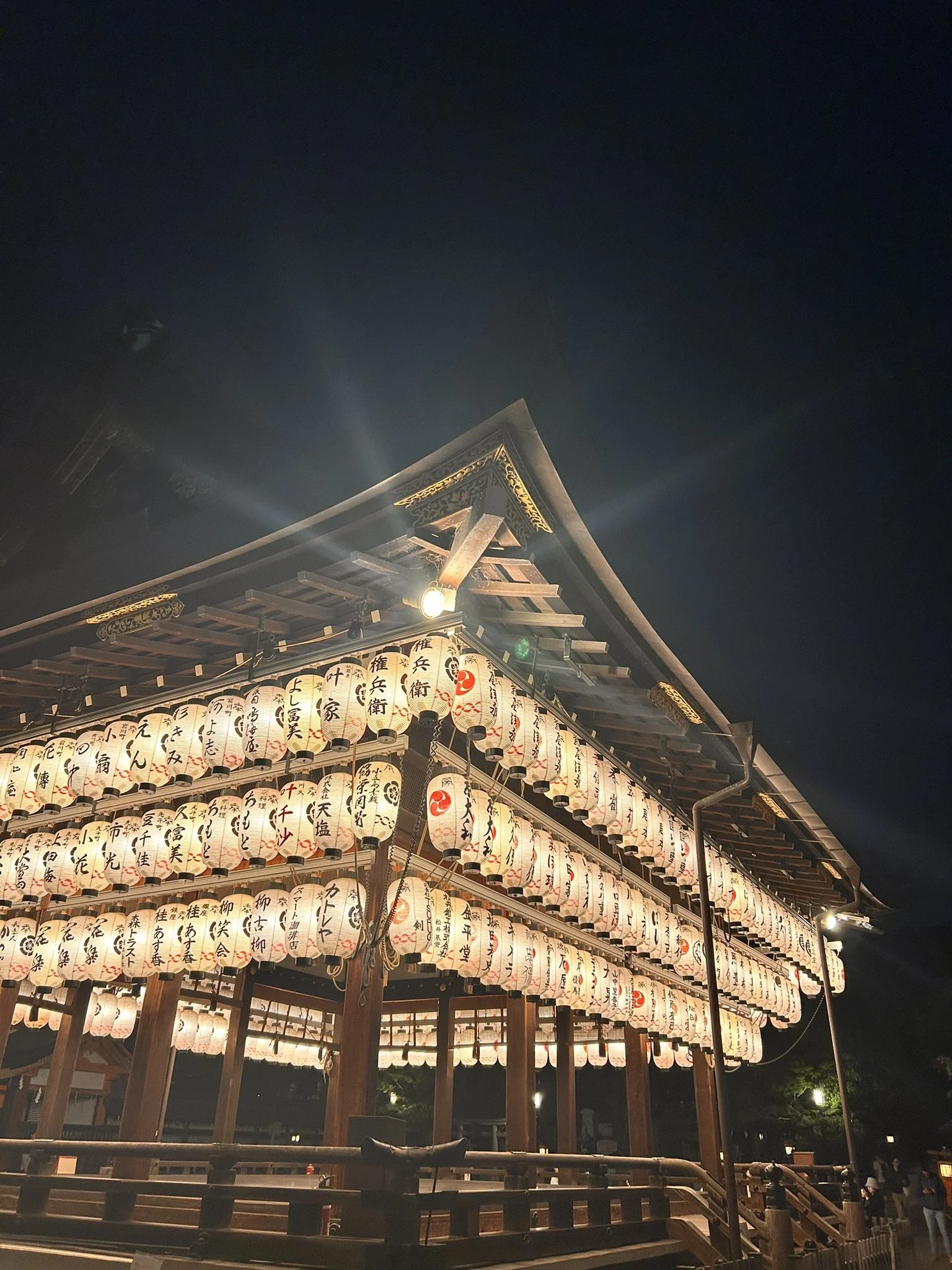
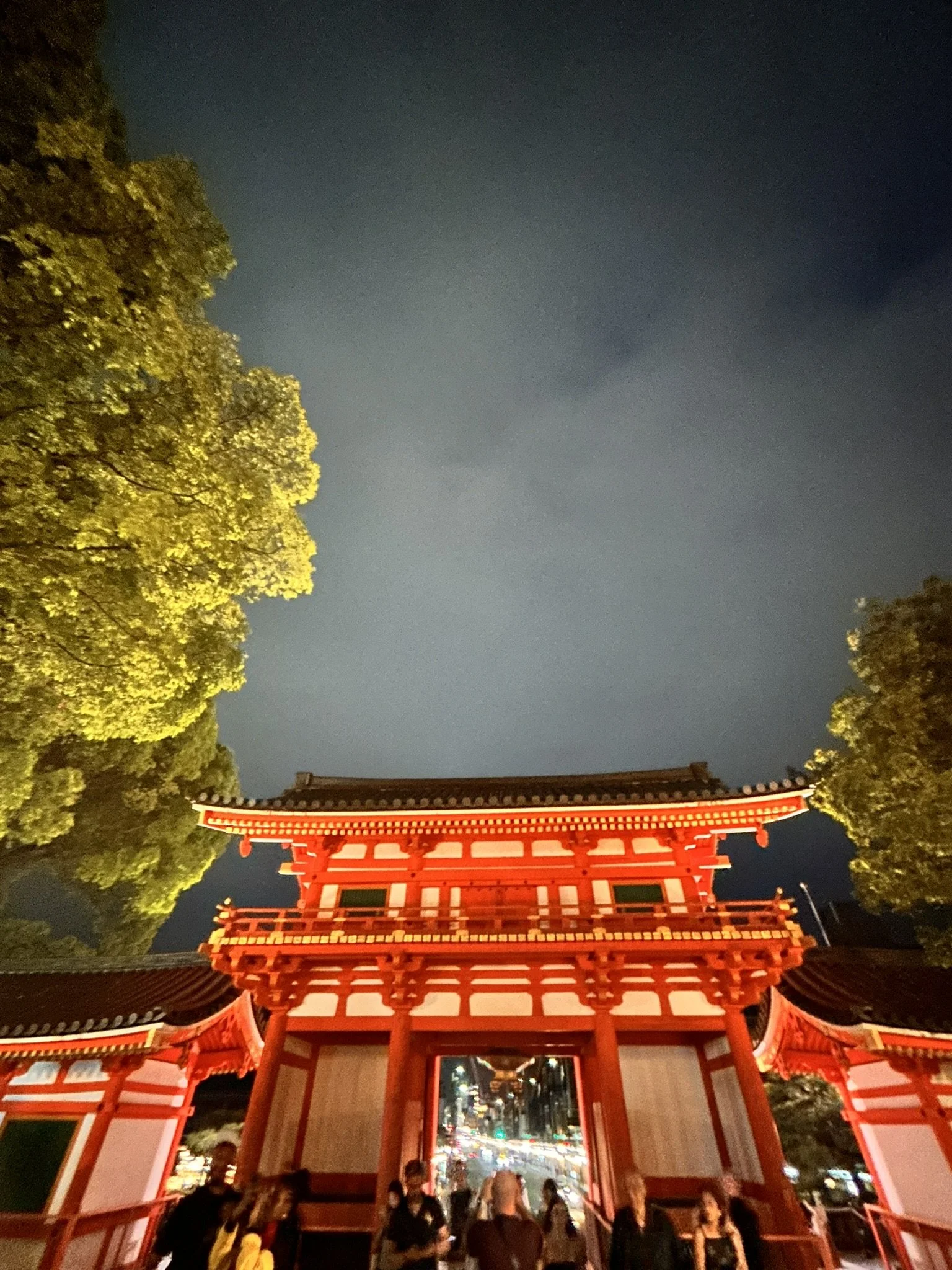
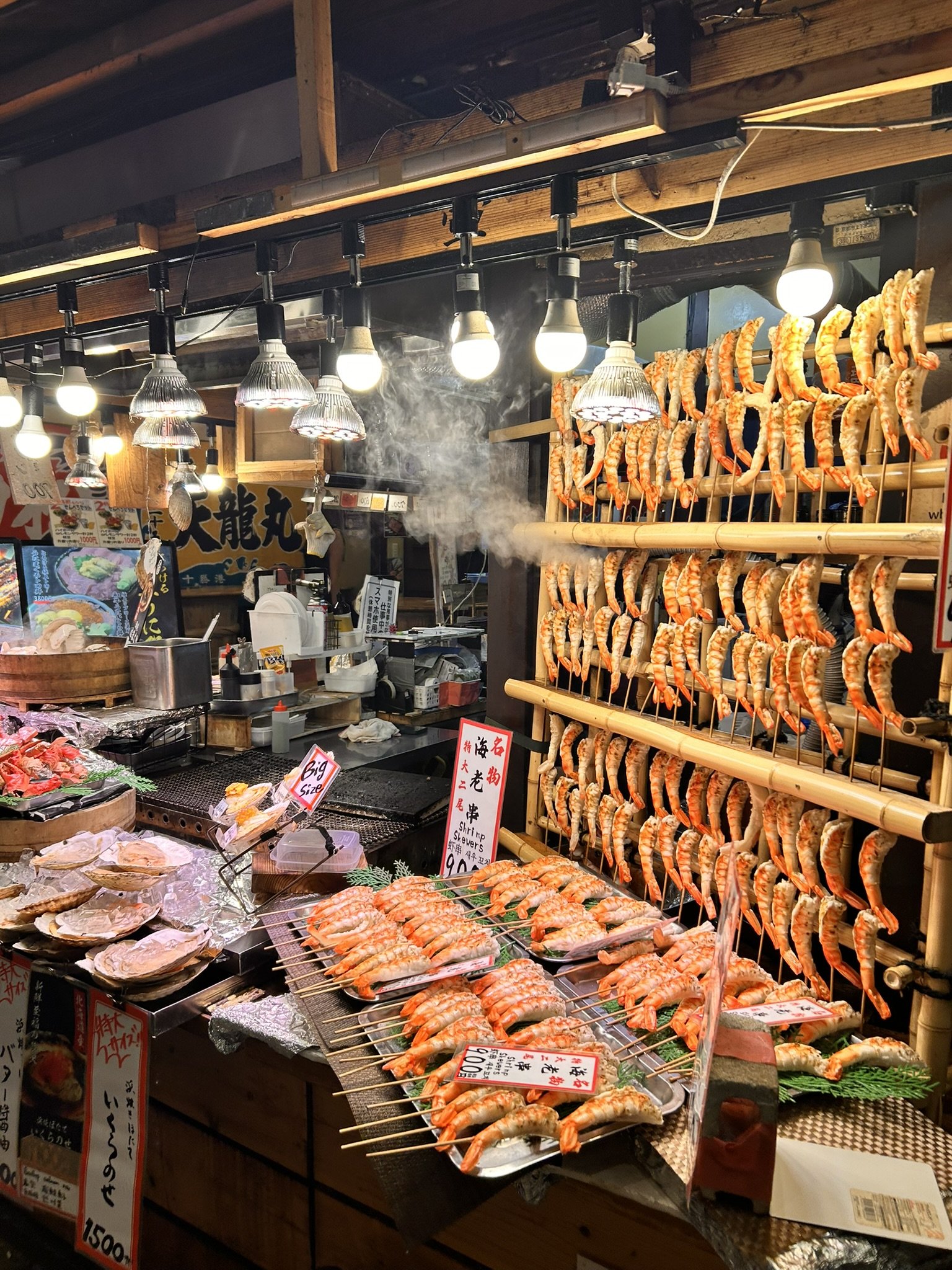
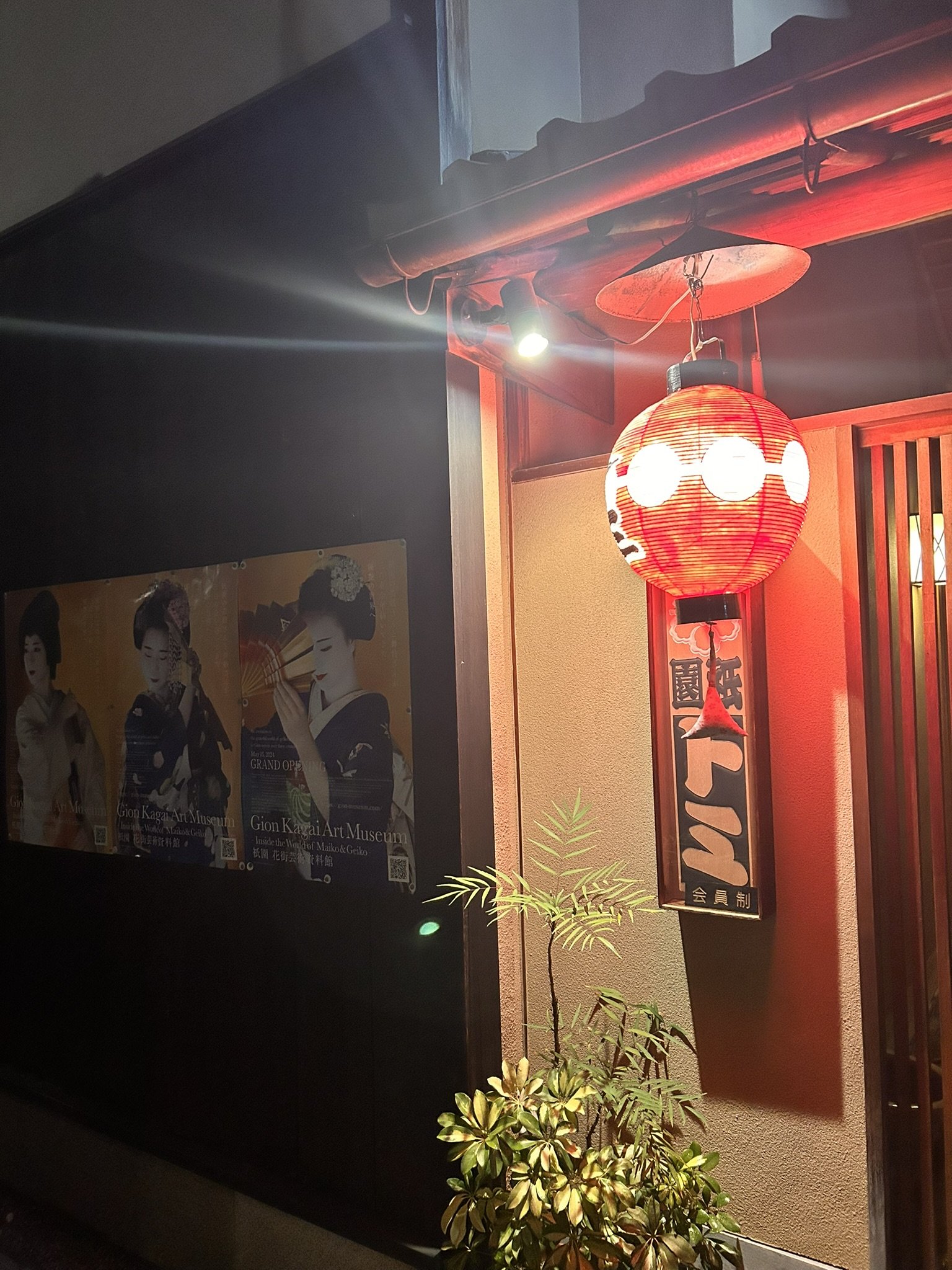
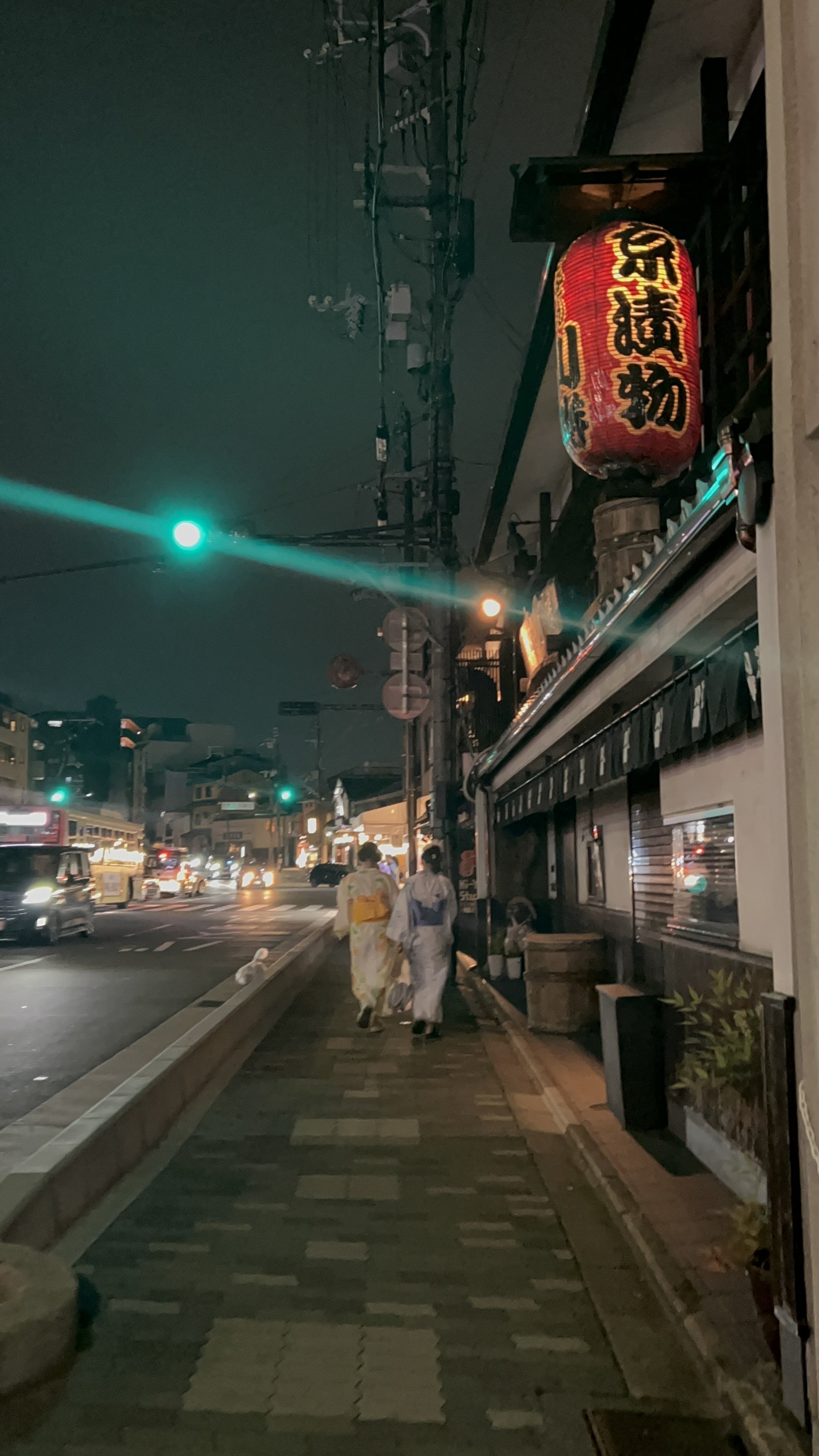

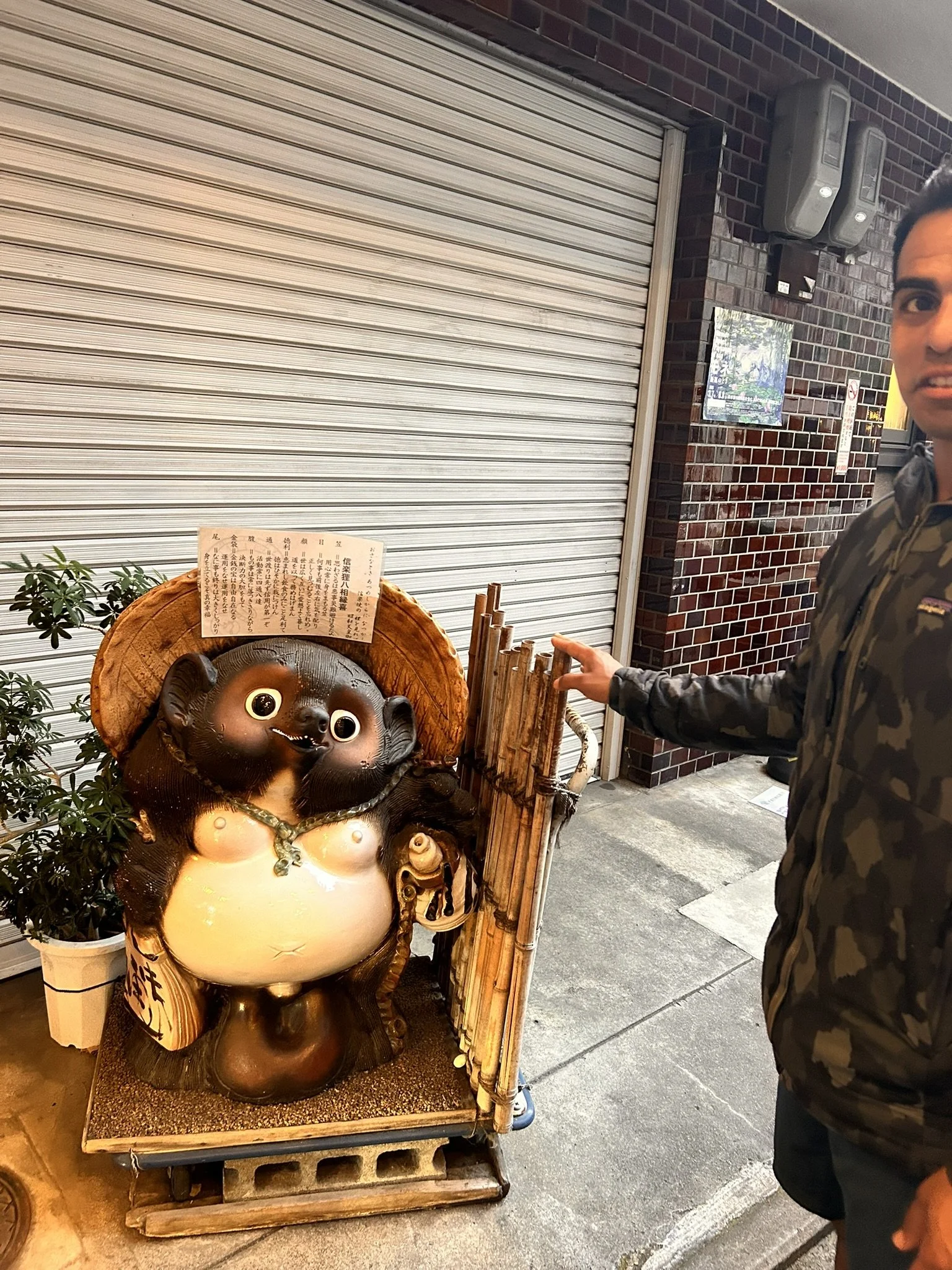

Kyoto is a city that breathes tradition. As we wandered through its lantern-lit streets and serene shrines, it felt like stepping into another time. Our journey began at Yasaka Shrine, a vibrant, centuries-old Shinto sanctuary nestled between the Gion and Higashiyama districts. With its iconic vermillion gate and rows of glowing lanterns, it’s a lively place to witness both local devotion and festive energy.
Just steps from the shrine lies Hanamikoji Street, one of the most atmospheric parts of Gion, Kyoto’s historic geisha district. Walking its stone-paved lanes, lined with traditional wooden machiya houses, we caught glimpses of kimono-clad women hurrying between engagements and tea houses quietly preparing for their evening guests. Nearby, the Shirakawa Canal offers a quieter, more romantic side of Gion—willow-lined and beautifully preserved, it's especially picturesque in the early morning or at dusk. Gion has long been the heart of Kyoto's performing arts and refined culture, where geiko (Kyoto geisha) and maiko (apprentices) still uphold traditions that date back hundreds of years.
Outside the hushed streets of Gion, we explored Kyoto’s everyday bustle at the Nishiki Market—a narrow, covered alley bursting with color, smells, and the sounds of sizzling street food. Known as "Kyoto’s kitchen," it’s the place to sample fresh sashimi, soy milk donuts, and pickled everything, or chat with friendly vendors selling family recipes passed down for generations.
We also wandered through the Nakanocho neighborhood, a quiet residential part of the city that gave us a different view of Kyoto—modest homes, small local shrines, and everyday life happening just a few blocks away from the tourist trail.

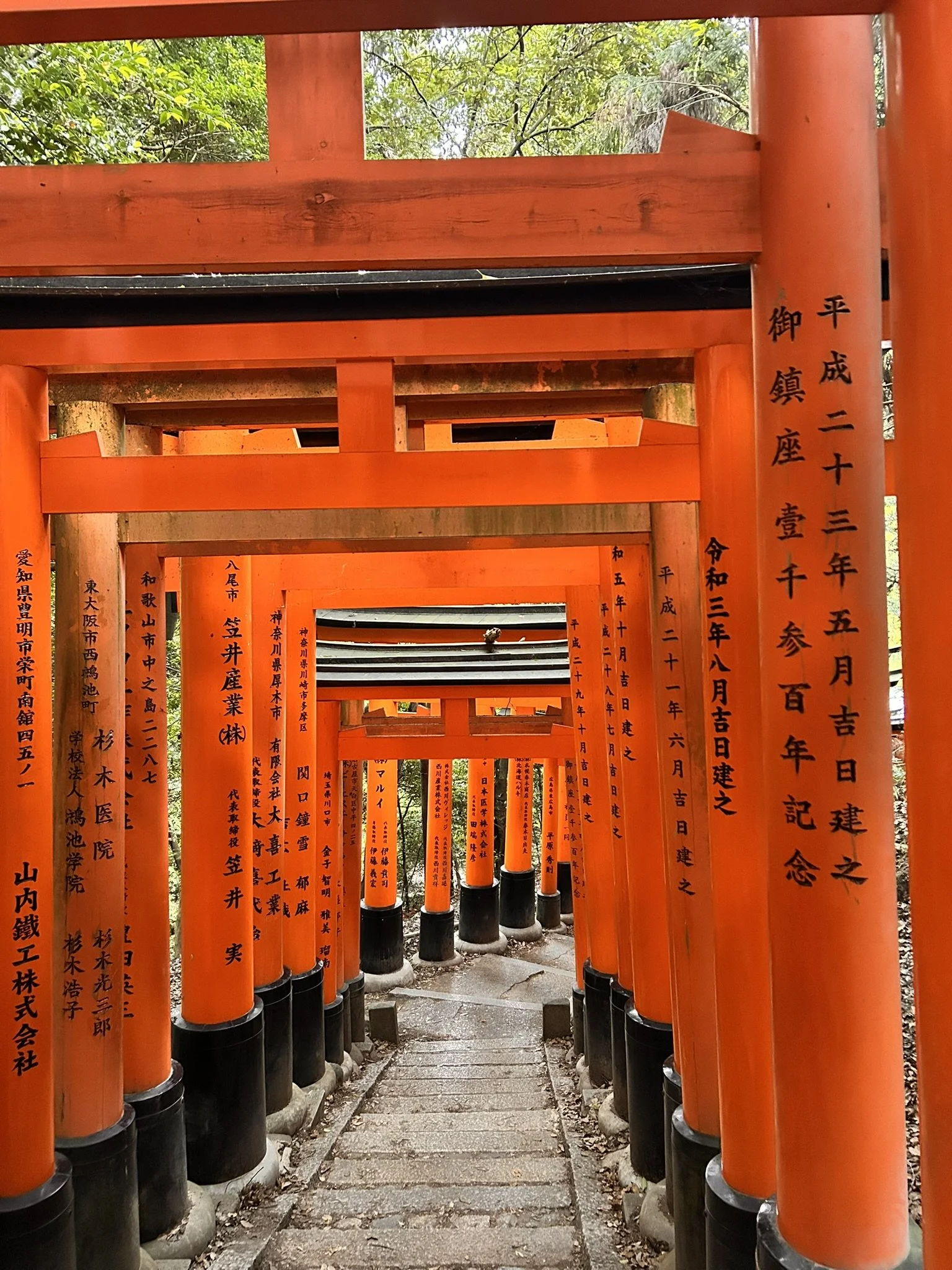
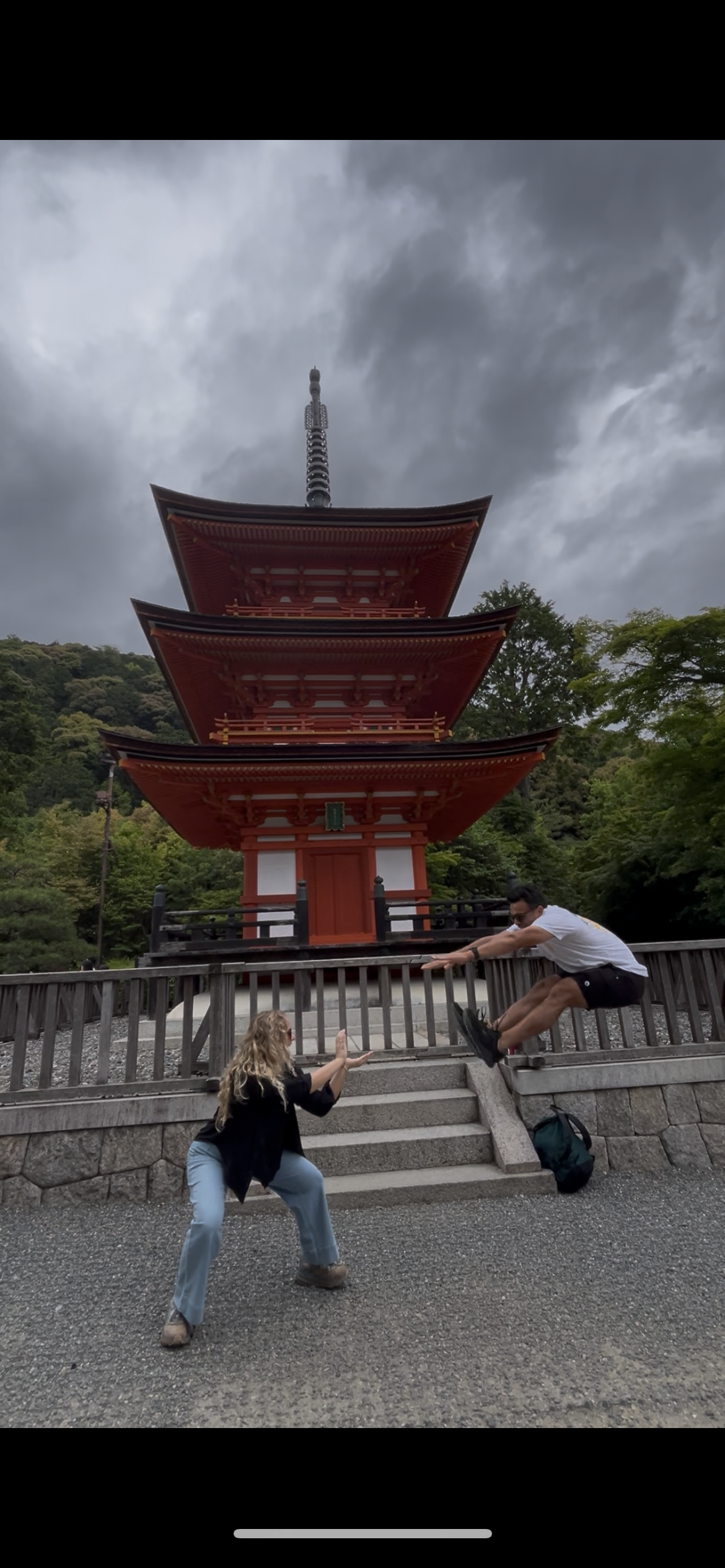
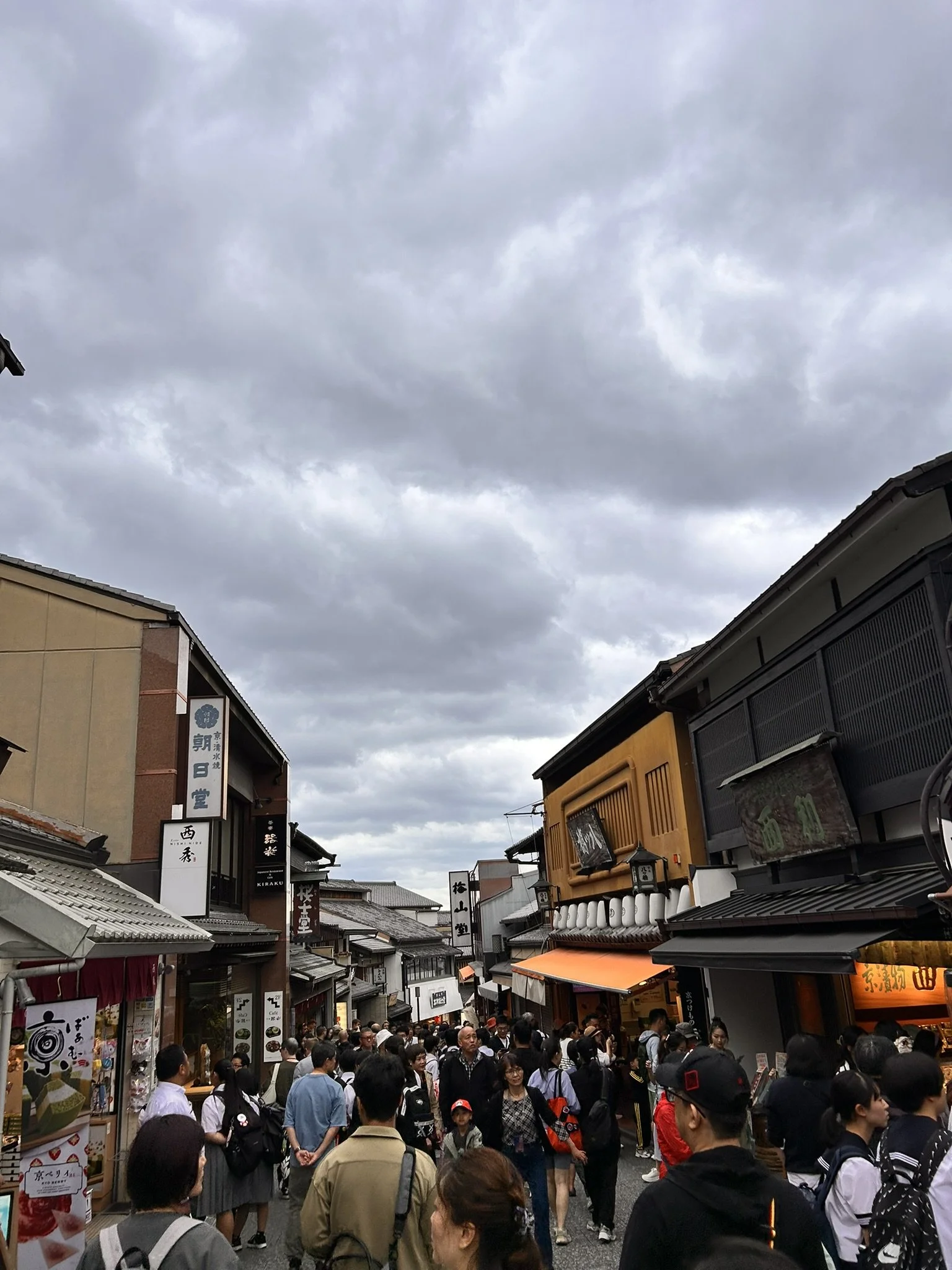
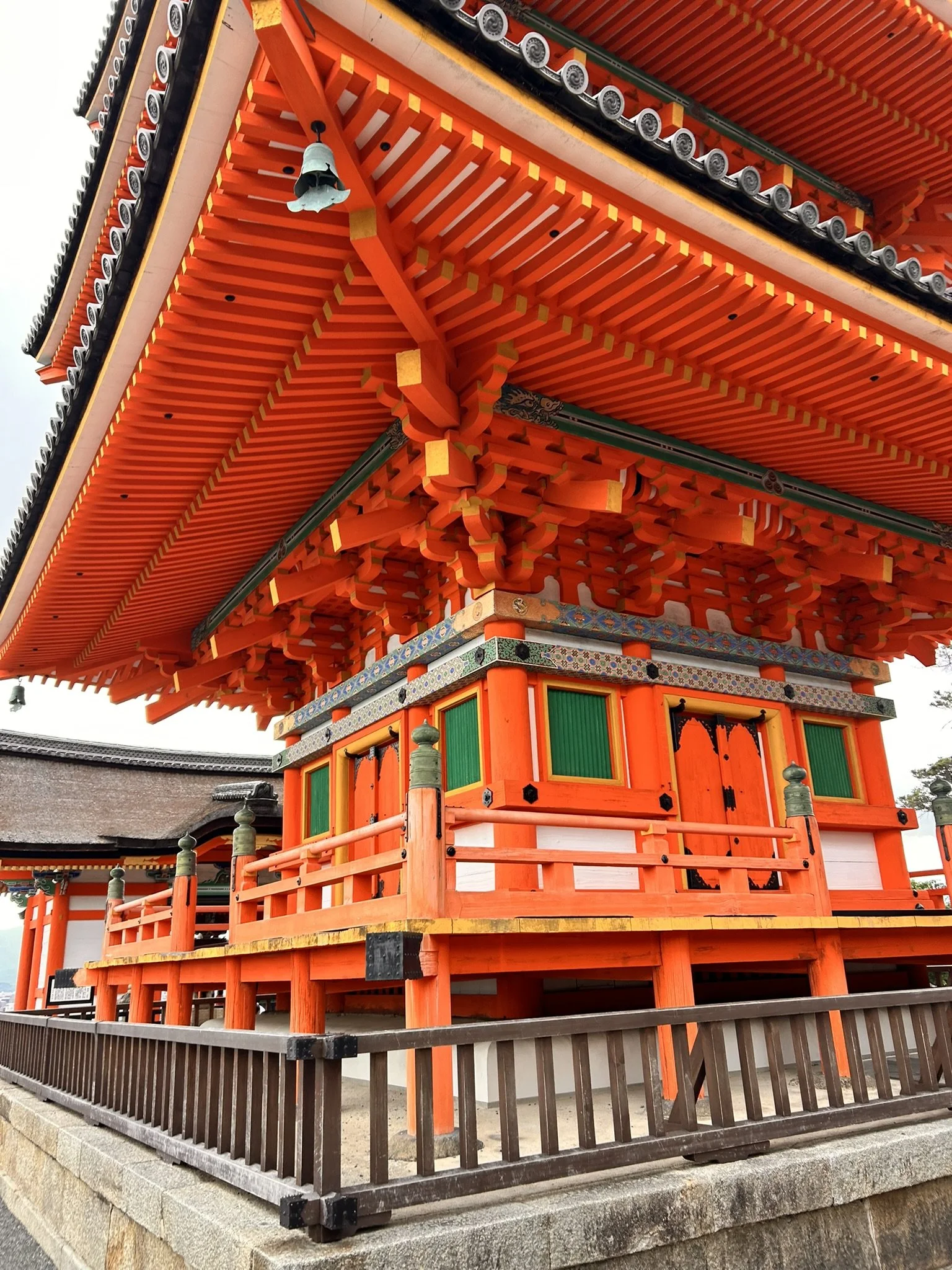
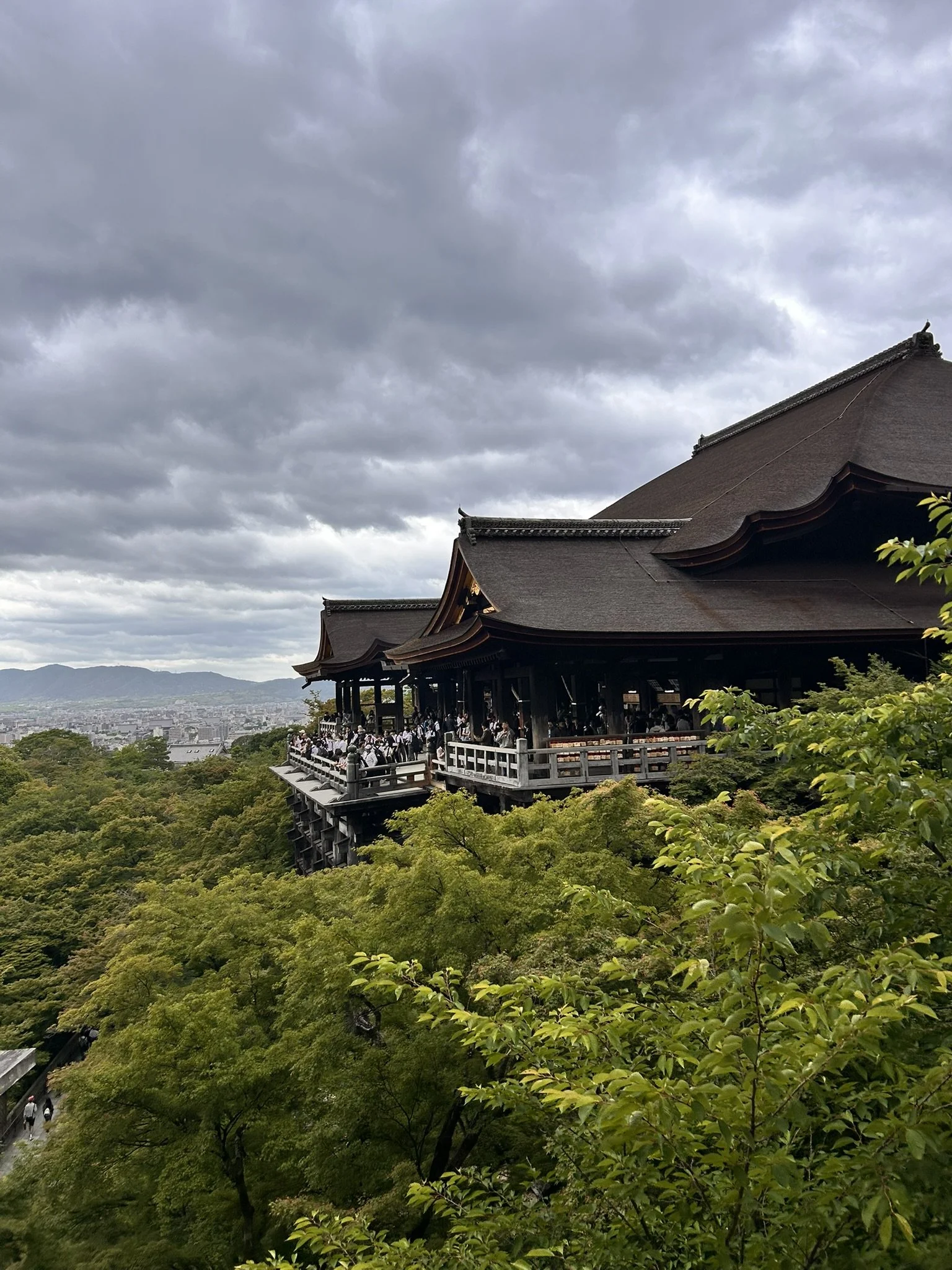
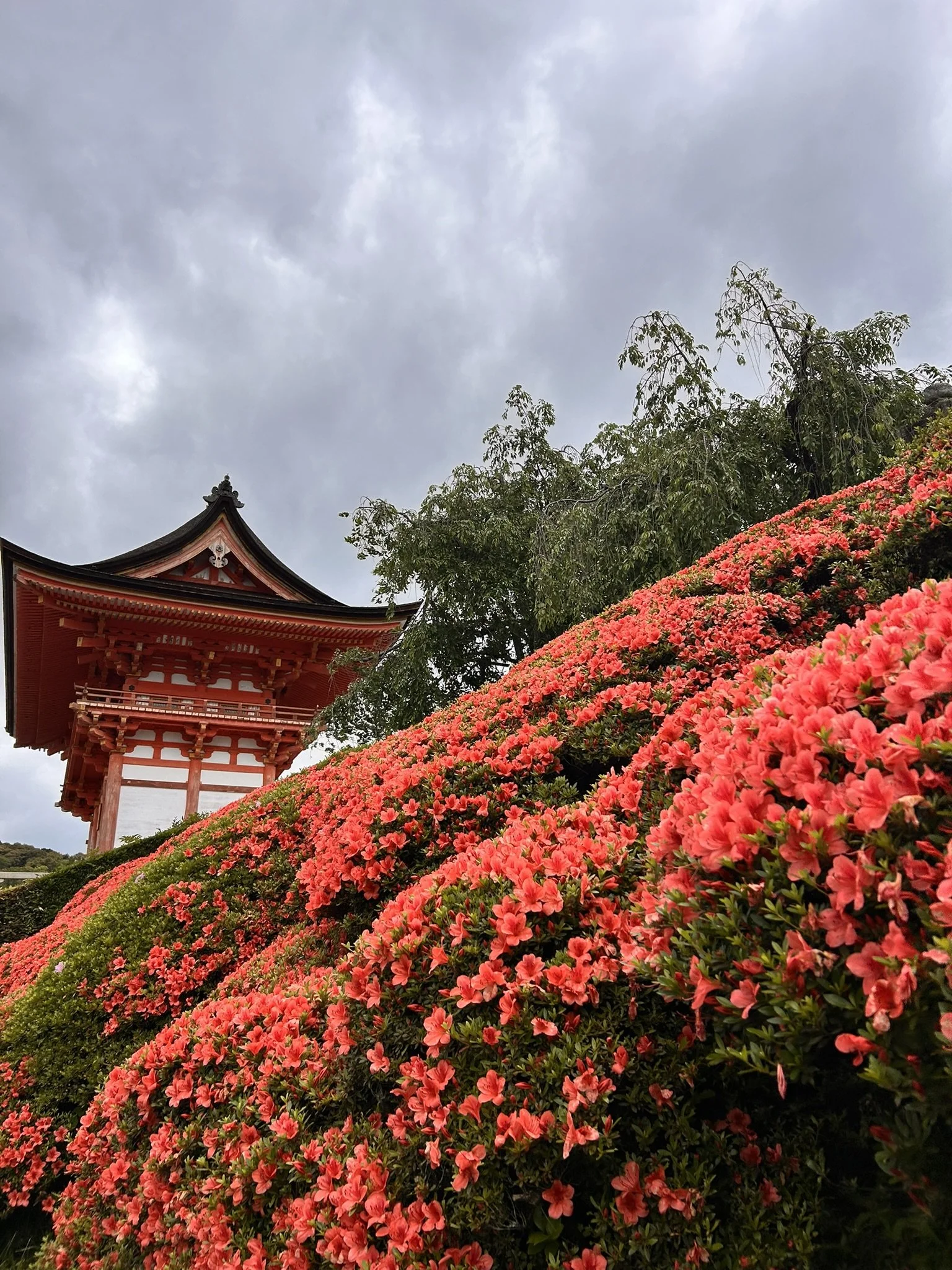

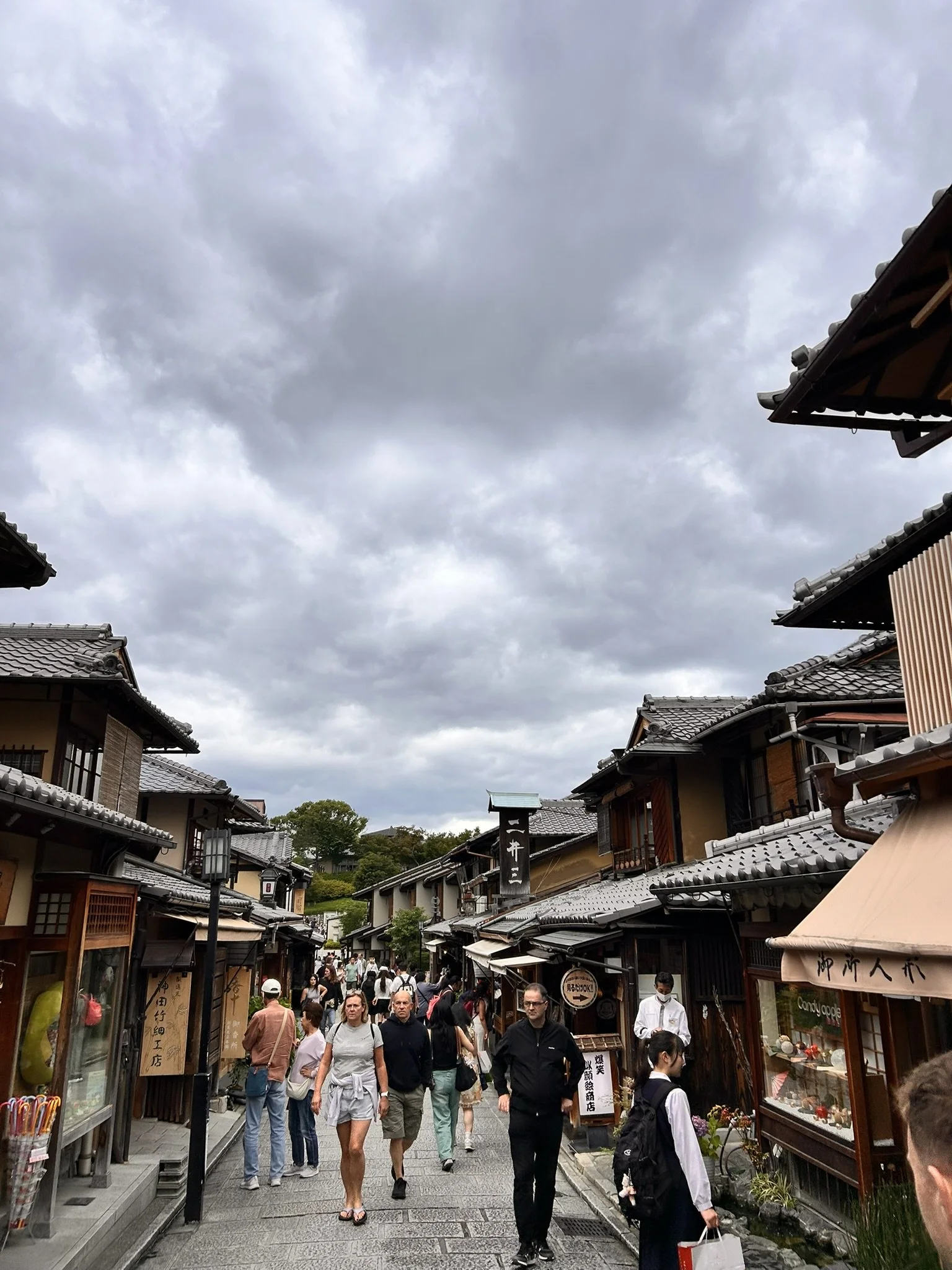
No visit to Kyoto is complete without witnessing the otherworldly beauty of Fushimi Inari Taisha, one of Japan’s most iconic Shinto shrines. We arrived early in the morning to walk the seemingly endless path of vermilion torii gates that wind up Mount Inari, catching glimpses of fox statues and tiny shrines tucked into the forest. This spiritual site, dedicated to Inari, the god of rice and prosperity, has been a sacred place since the 8th century—and its atmosphere still feels charged with reverence and mystery.
Nearby, the quiet neighborhood of Fukakusaaidocho offered a slower, more residential pace, giving us a peaceful contrast to the crowds at the shrine. Later, we made our way toward the Higashiyama area, one of Kyoto’s most scenic and preserved districts. Walking through the cobblestone streets of Sannenzaka and Ninenzaka, lined with teahouses, traditional sweets shops, and pottery stores, felt like stepping into a historical postcard. The route eventually led us to Kiyomizu-dera, a UNESCO World Heritage Site and one of Kyoto’s most famous temples, dramatically perched on a hillside with sweeping views of the city below.
We spent the afternoon exploring the Kiyomizu area, soaking in the temple’s wooden stage and tranquil pagodas, before enjoying a quiet tea and sweet in a centuries-old machiya. The entire Higashiyama district blends spirituality, artistry, and everyday charm, making it one of our favorite places in all of Japan.
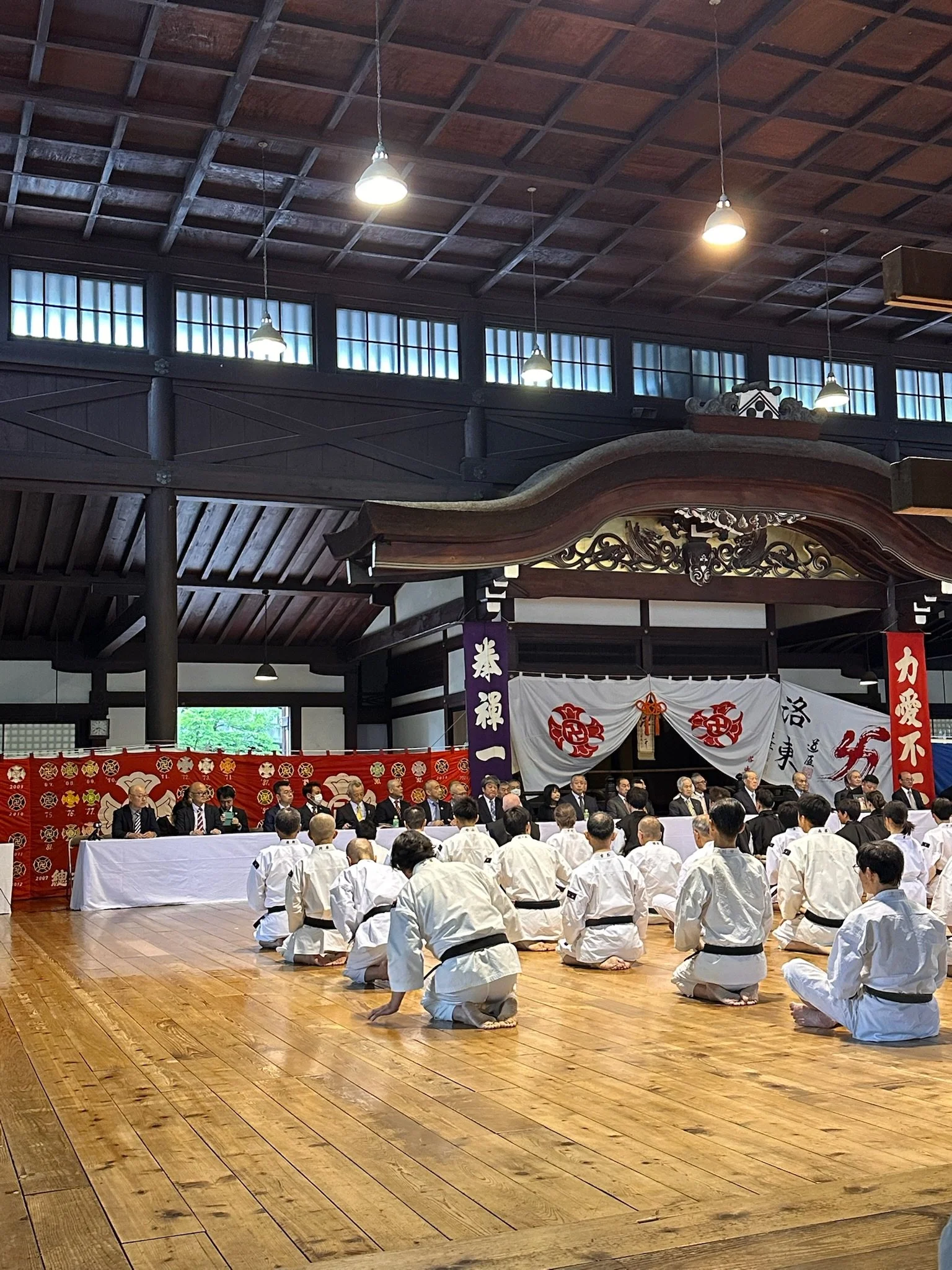
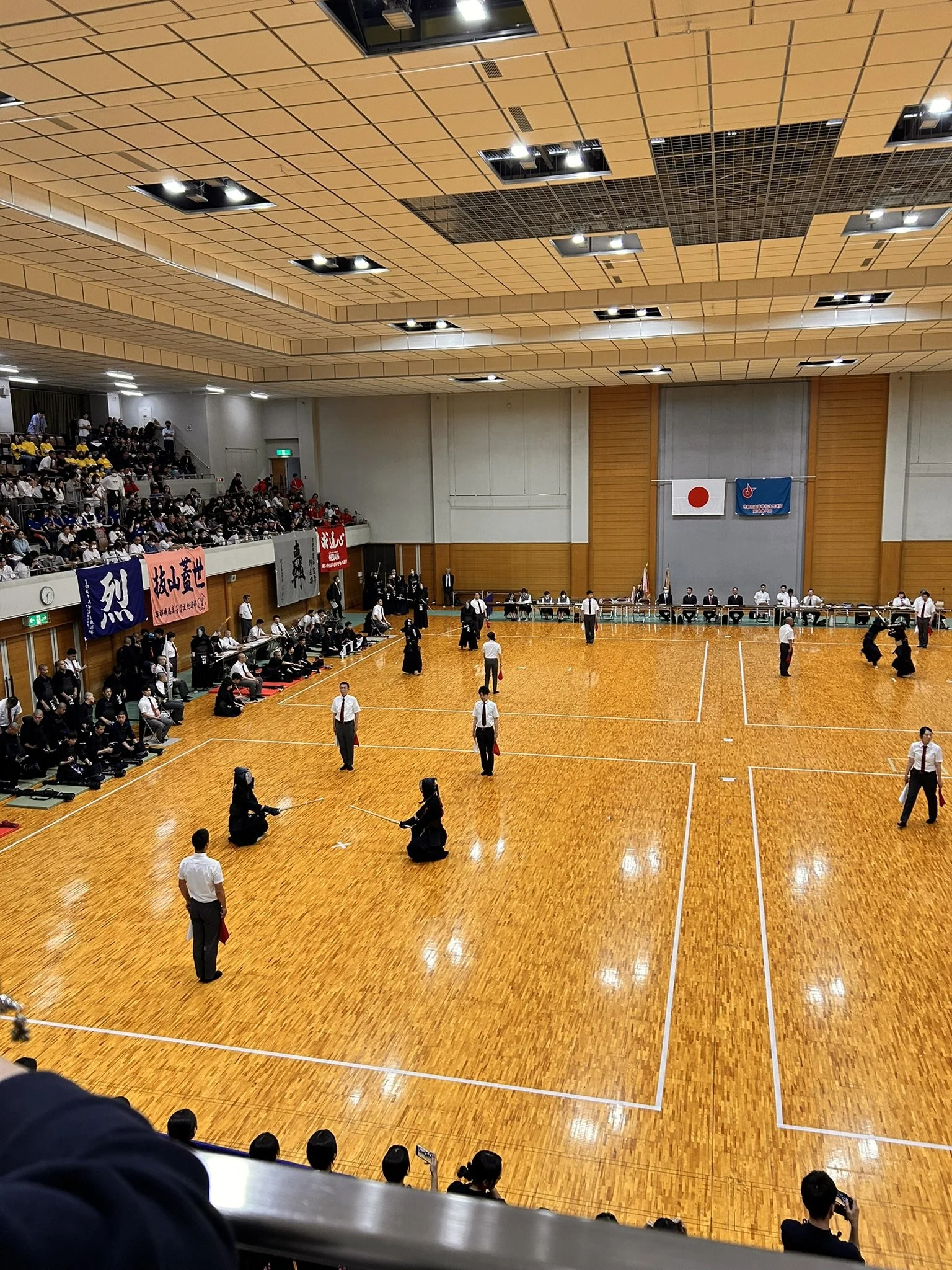

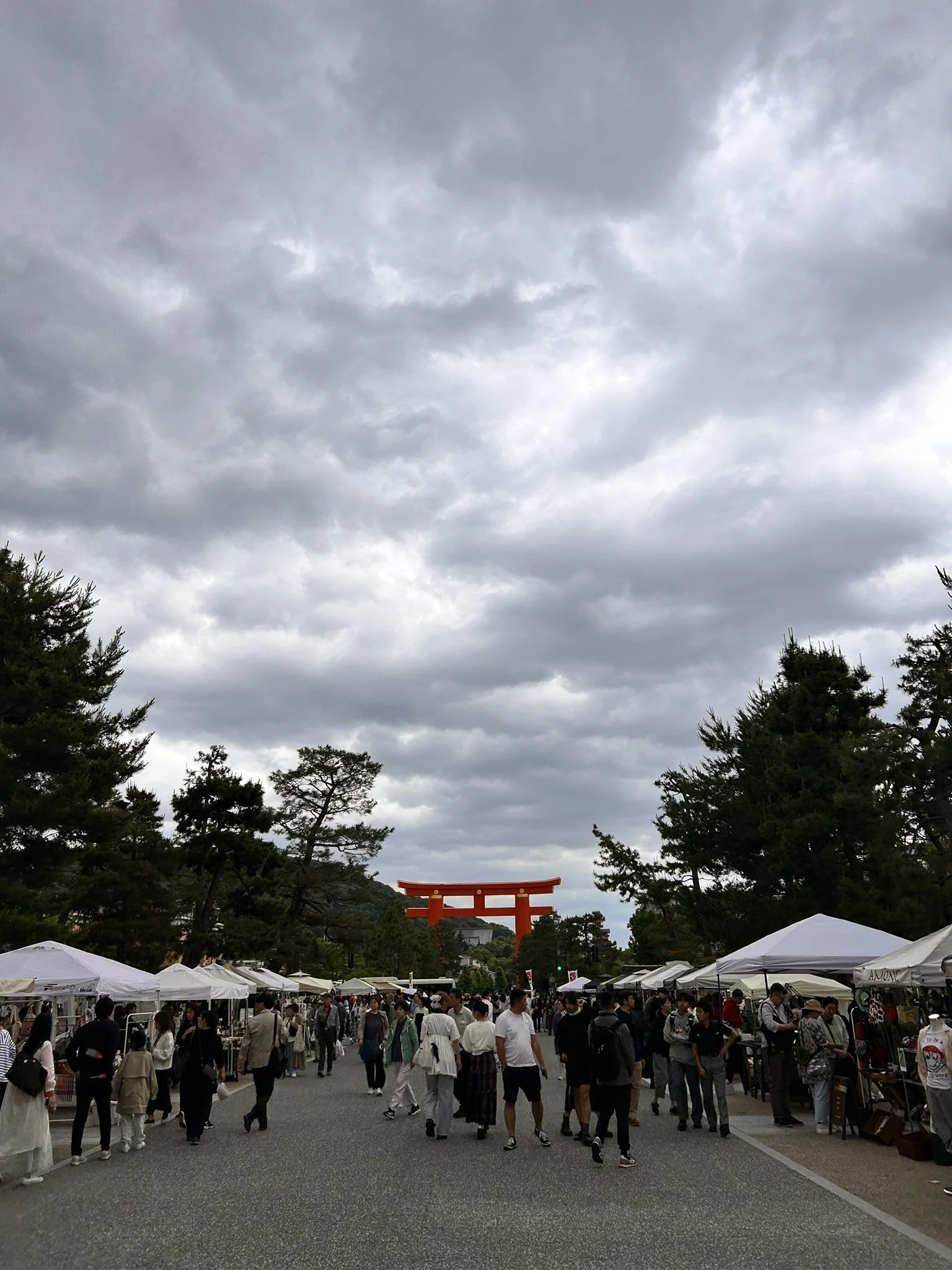
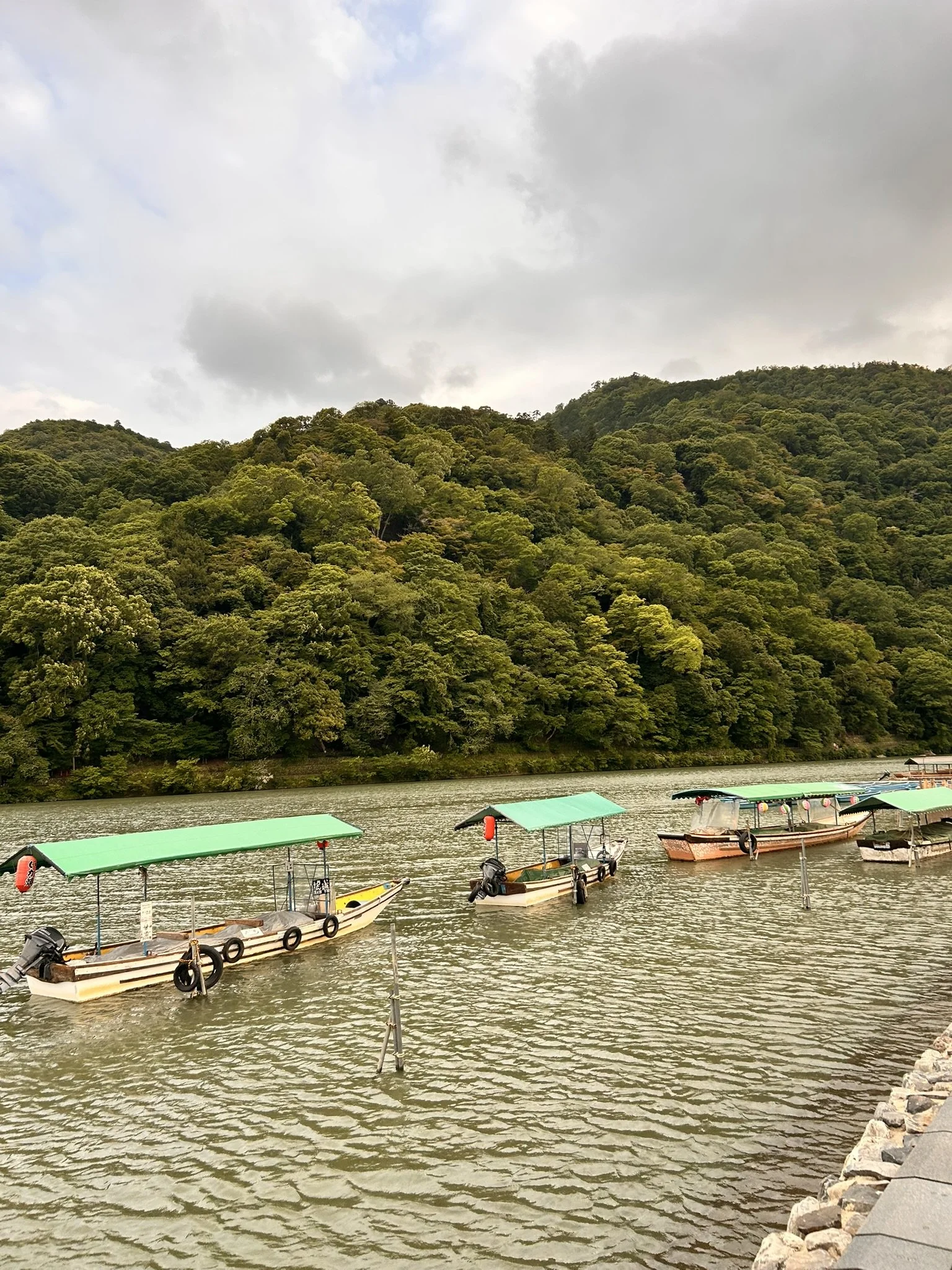
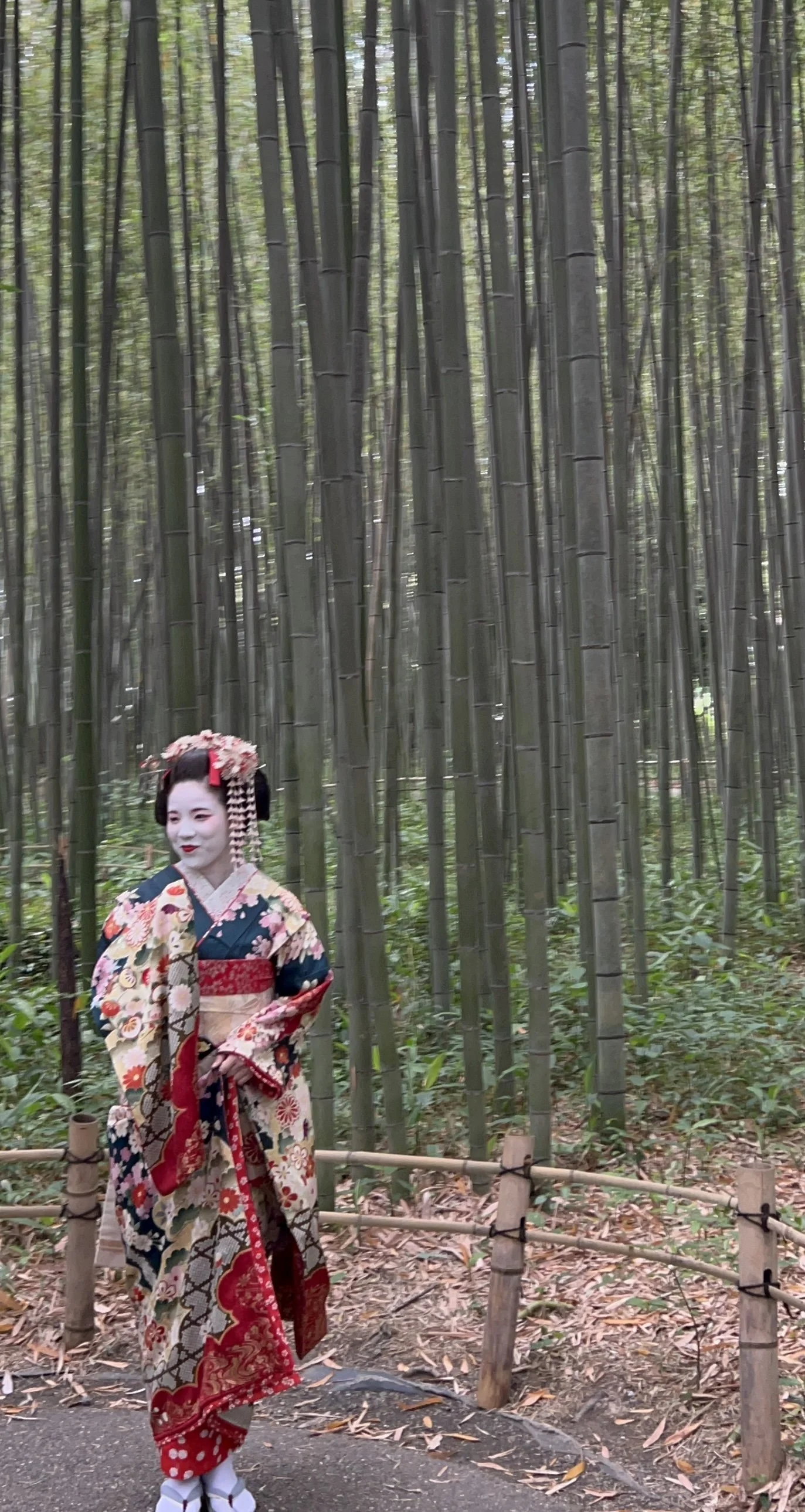
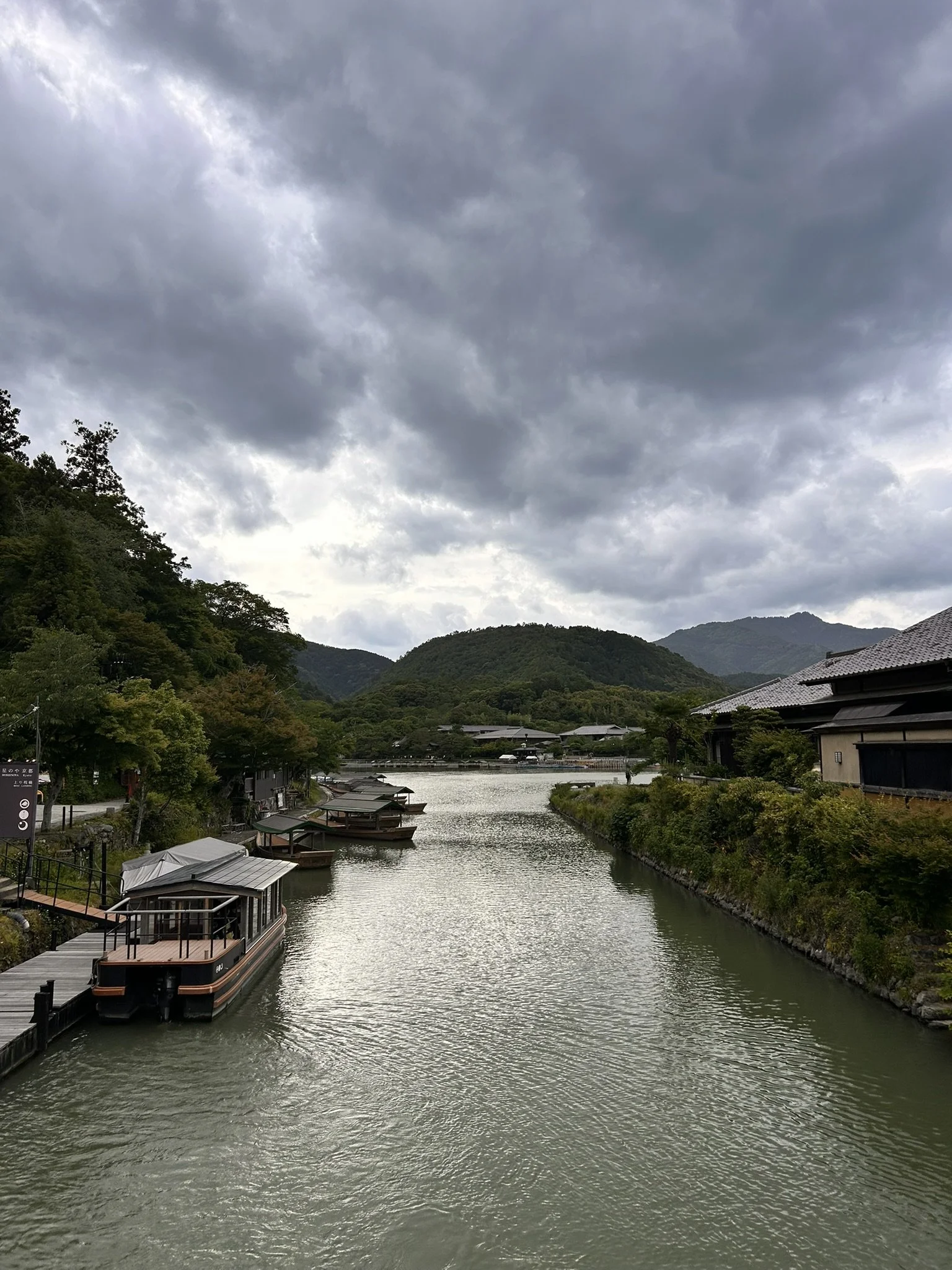
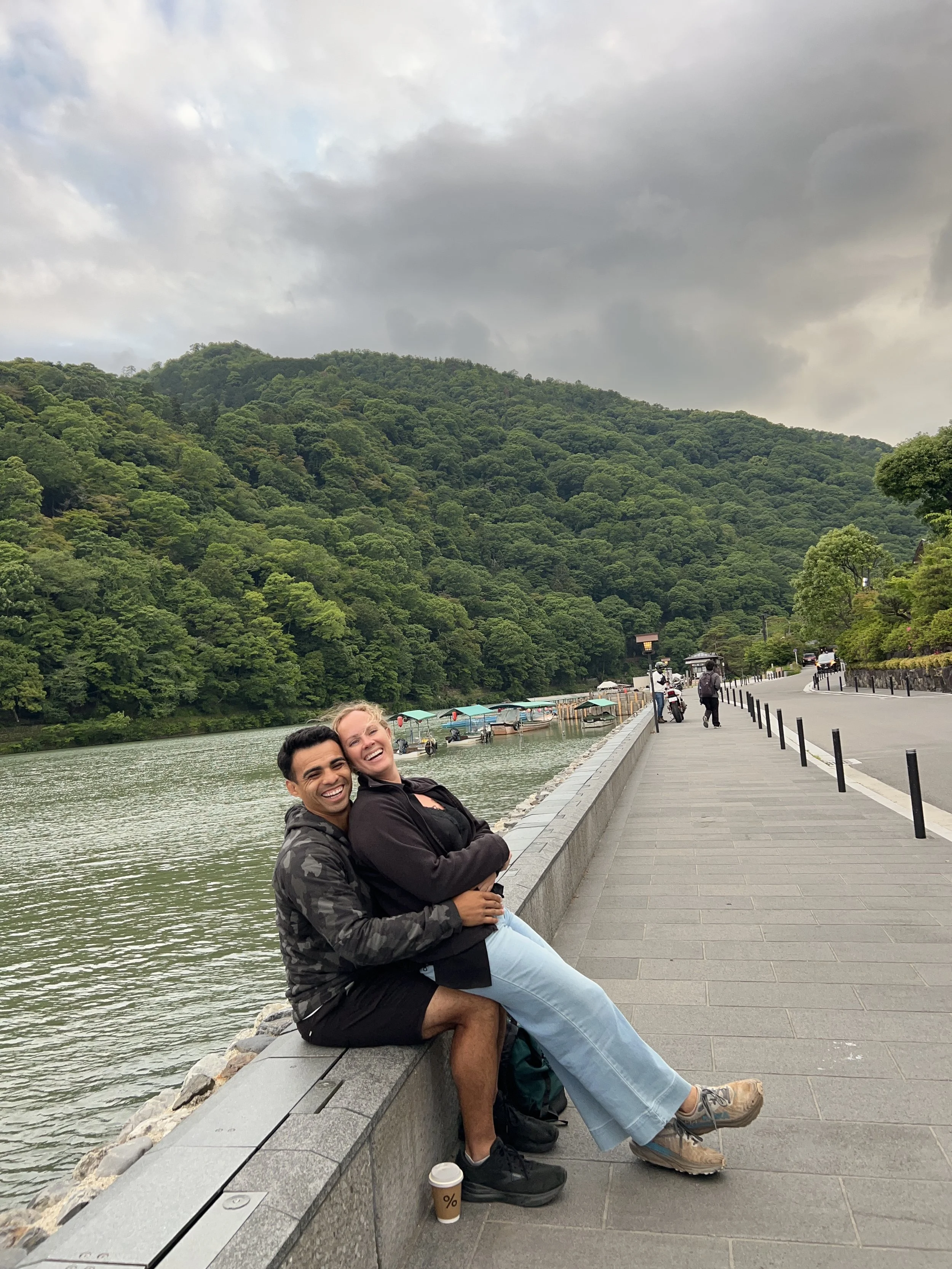
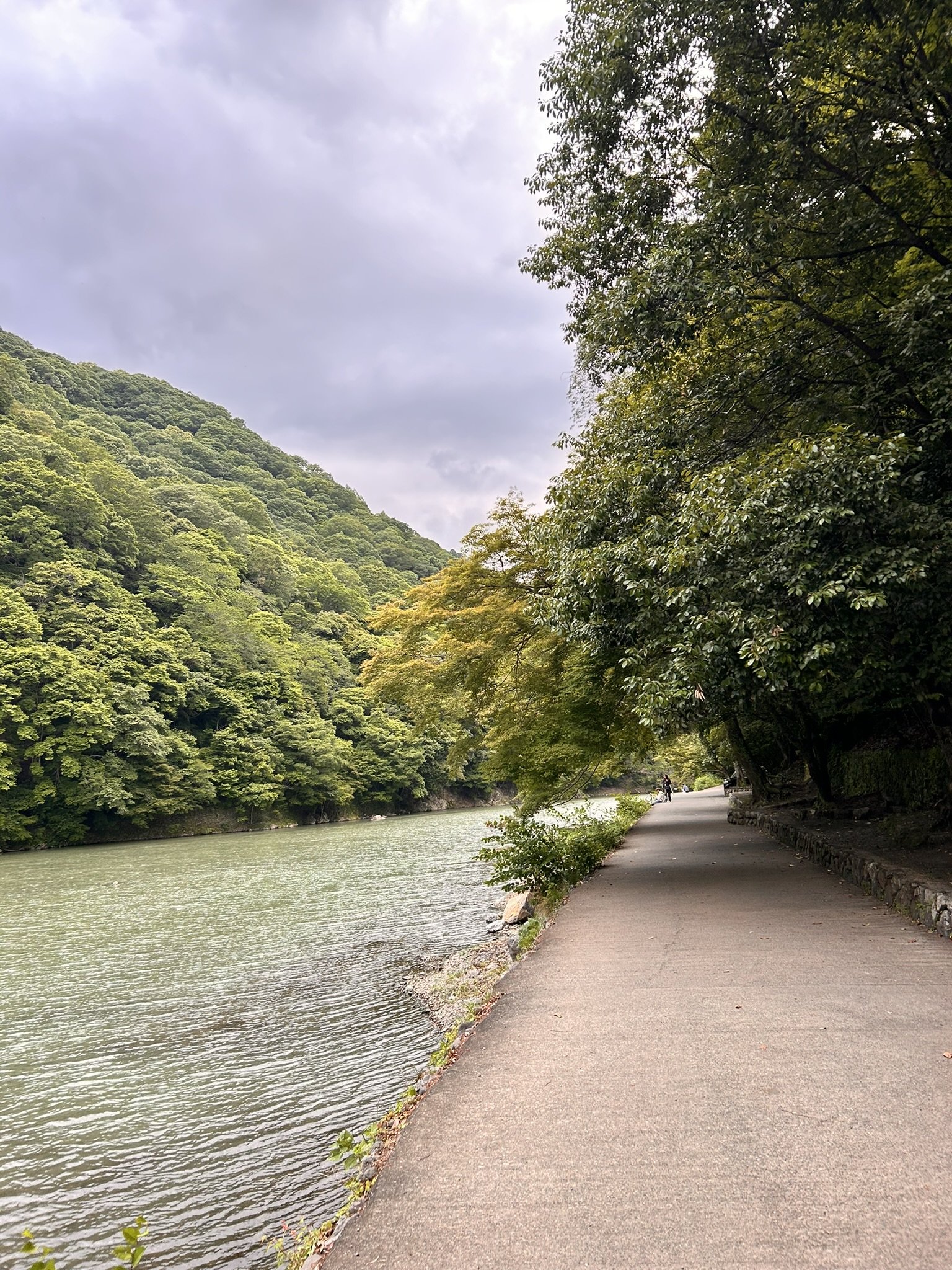
For a change of pace, we took the train out west to Arashiyama, where we walked through the ethereal Bamboo Grove, a forest path that felt dreamlike as the tall stalks swayed above us. We continued to the Iwatayama Monkey Park, where a bit of uphill hiking rewarded us with panoramic views of Kyoto and playful monkeys roaming freely around the mountaintop. Afterwards, we took time to stroll along the Katsura River in Arashiyama, one of the most peaceful and scenic moments of our Kyoto trip. The river winds gently through the valley, framed by forested hills that burst with color in the fall and lush greenery in the spring and summer. Traditional wooden boats drifted by slowly, some with passengers enjoying quiet cruises or dining onboard. We walked the path near Togetsukyo Bridge, watching locals fish, families picnic, and the sunlight shimmer on the water. It was a perfect place to slow down, breathe deeply, and take in the natural beauty that makes Arashiyama so beloved.
One of the most unique experiences in Kyoto beyond temples and tea houses was visiting the Kyoto Butokuden, an elegant Martial Arts Hall near Heian Shrine that serves as a cultural cornerstone of traditional Japanese martial disciplines. It’s one of the few places where you can witness—and sometimes participate in—traditional martial arts like kendo, kyudo (archery), and aikido. Watching a live demonstration in this historic wooden hall—once used by samurai—was a powerful reminder of Kyoto’s deep connection to discipline, respect, and heritage.

